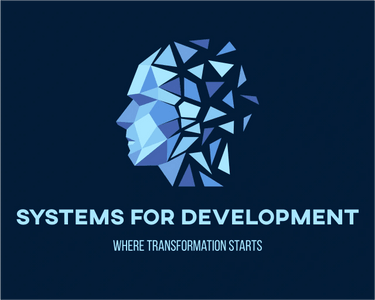Data has become central to how business operate. This is true in both public and private sector enterprises. It is critical in determining organizational performance, improving end user experience, making decisions quicker and solve problems faster. Unfortunately, much as this is obvious to modern day operations, most public sector entities have not embraced it. Their data production and use are a mixed bag of many issues ranging from producing multiple sets of data that may be either absolute or irrelevant to lack of data quality and validation mechanism, as well as failing to analyze data collated to evaluate performance or make informed decisions. Another major failure common in the public health supply chain is the systematic generation of reports that have no value to end-users but done for reporting purposes, taking away the key value of using data at source. These challenges are central to S4D transformational work. We strongly believe that our efforts to develop strategies that can make these entities realize that data is a business asset, focus on establishing mechanisms that facilitate its quality production and ensuring that it’s used for decision making. We strongly believe and with verifiable experience that this will transform organizational performance, lead to realization of set goals, significantly reduce operational costs while establishing agility and dynamism required to respond to any disruption.
How do we do it? At S4D, we are committed to giving data a “voice”. We do this by ensuring that critical business decisions are data driven. In all our activities specifically in the public supply chain industry, our approach has always been ensuring that data is seen as an asset. Our approach is driven by 2 critical factors in data management, its production, and its use. We focus on the key data sets an organization needs, review how they are captured, processed, made available, and stored. These includes a review of all tools, processes and people that support data production in an entity. We then shift to the utilization of data and ensure that use is driven by organizational strategy and most importantly valuable to both performance and sustainability goals. We focus on “data use at source”, hence we look at entities independently to identify the value of data to their business goals and objectives.
While implementing systems, we do not underestimate the need to put in controls to ensure that data being captured is valid, accurate, complete, and timely. Our approach has always been to first identify the critical data sets (also known as the master data) in an enterprise. This is necessary because your master data is the engine of the enterprise. For example, in public health supply chain, commodities data is critical in driving business decisions. Once the master data is identified, we create a nomenclature by standardization. This will ensure any commodity within the enterprise or business has only one name. Any other characteristic (or attribute) of the commodity is also identified. One of the essential attributes that is contemporary is the global attributes, particularly the GSI which is essential for harmonizing data across systems and for integration. It is also very important for tracing and tracking commodities within a country and we have been able to model it to suit the public health supply chain system in Ghana.
